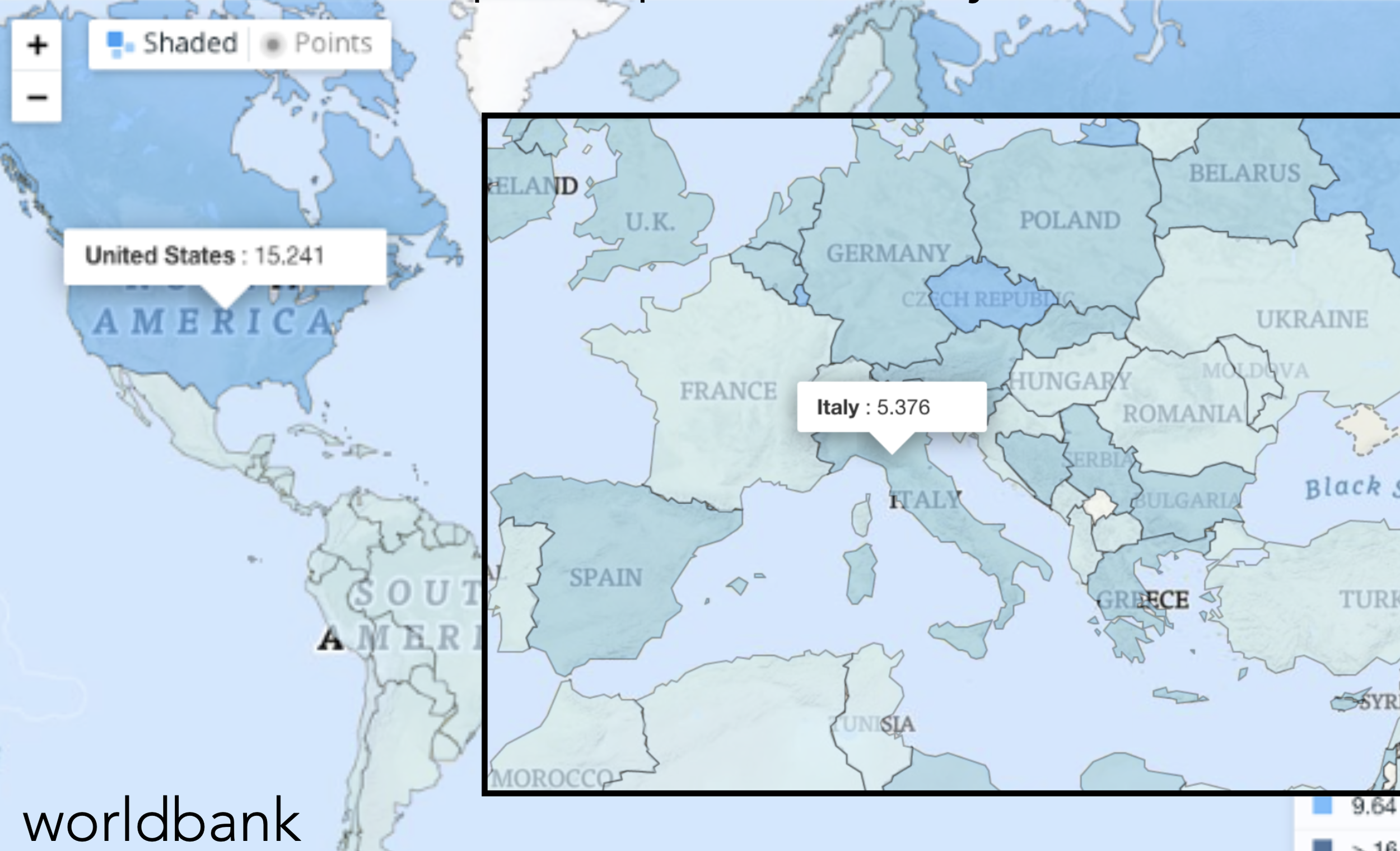If you joined Sam’s talk at FORUM this year (2022), he promised to share his presentation and links here, complete with the - oh so fun- math. The faculty-led case study presentation is below. The videos are below that. And the math is at the bottom.
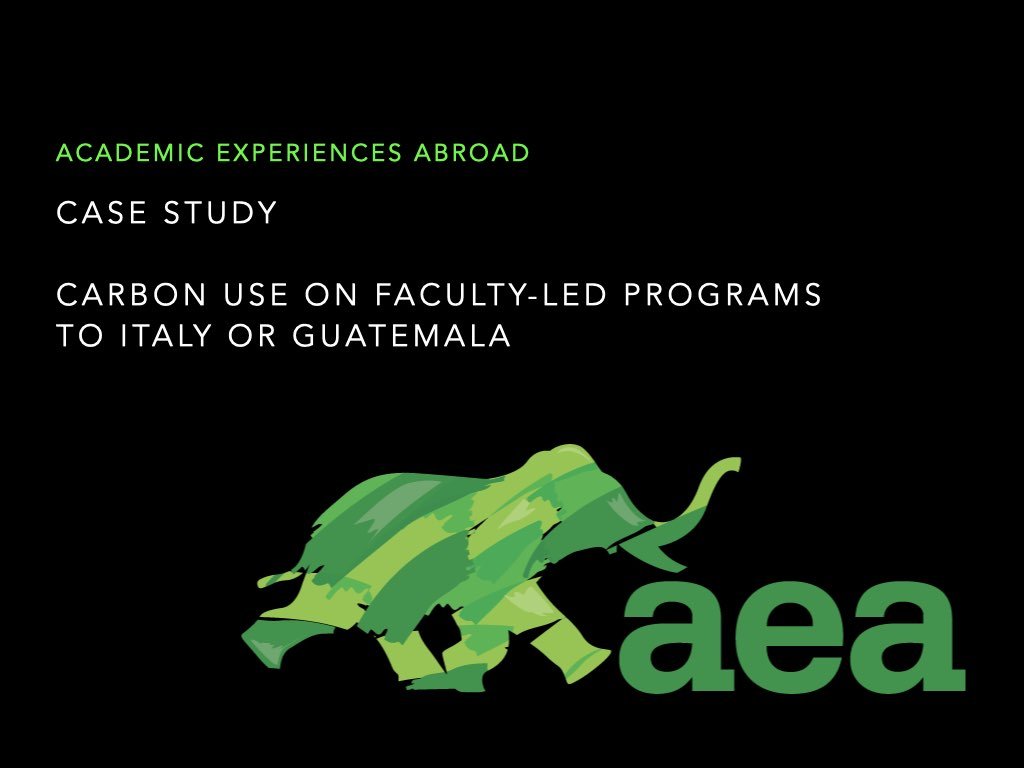
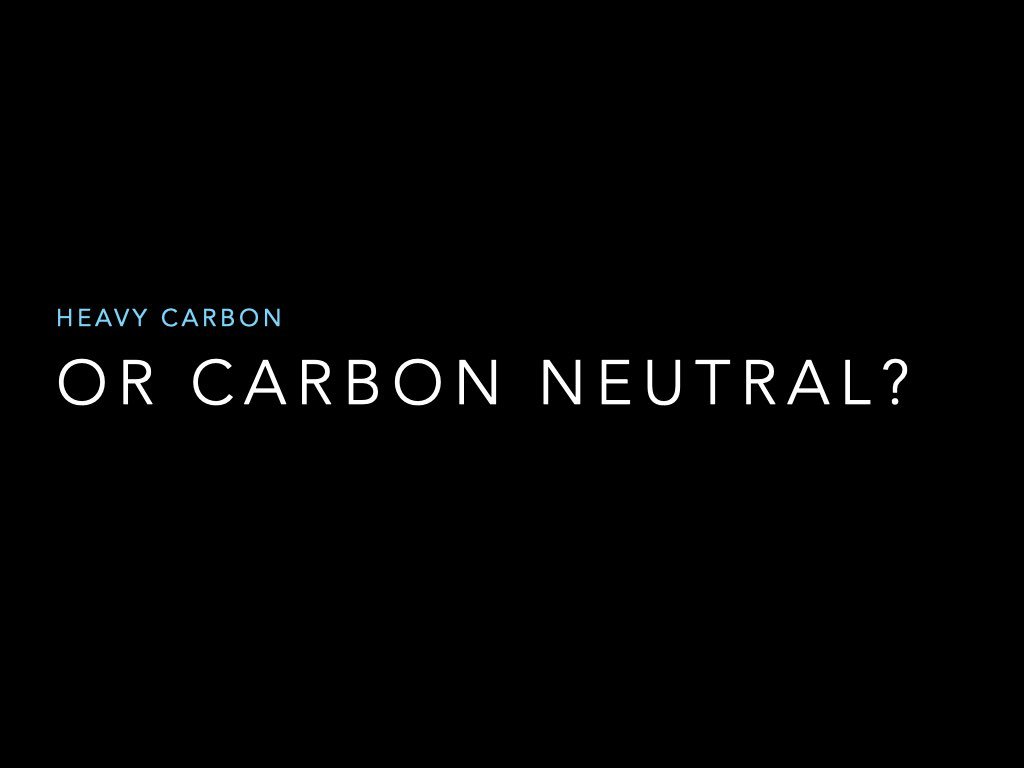

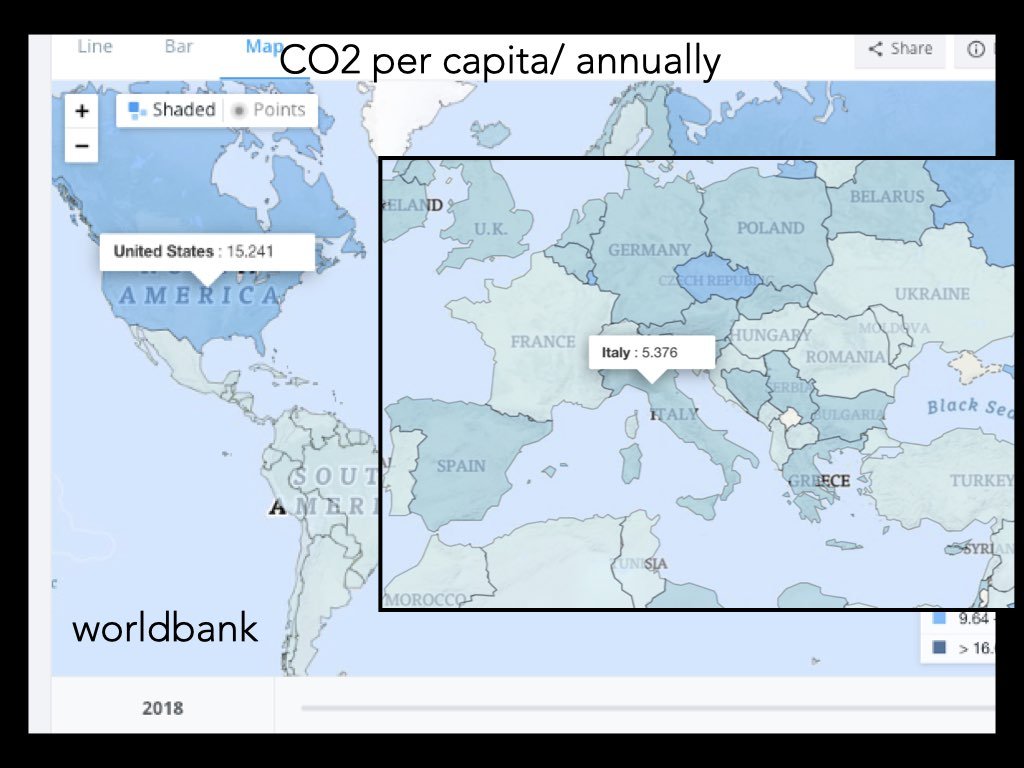
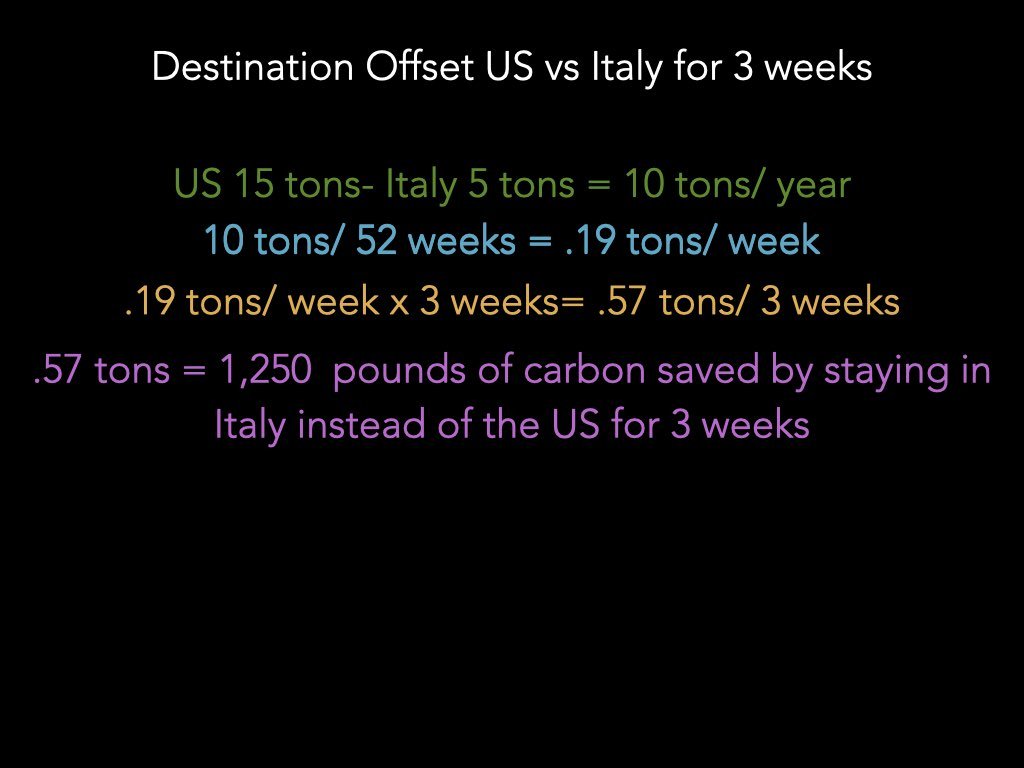
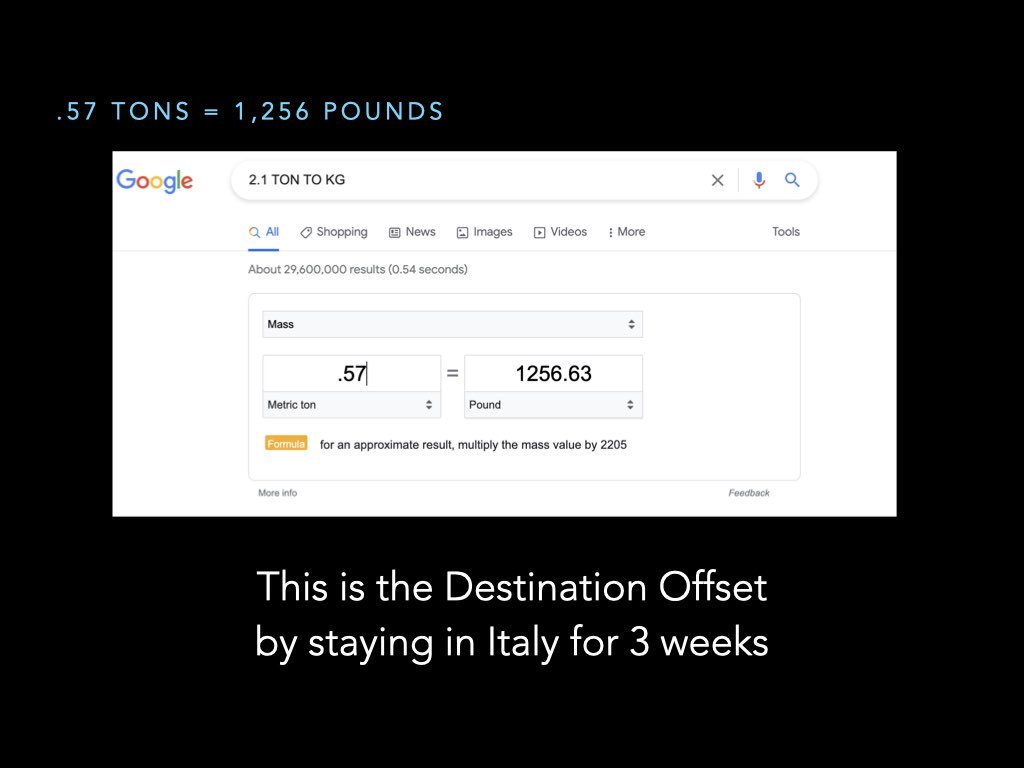
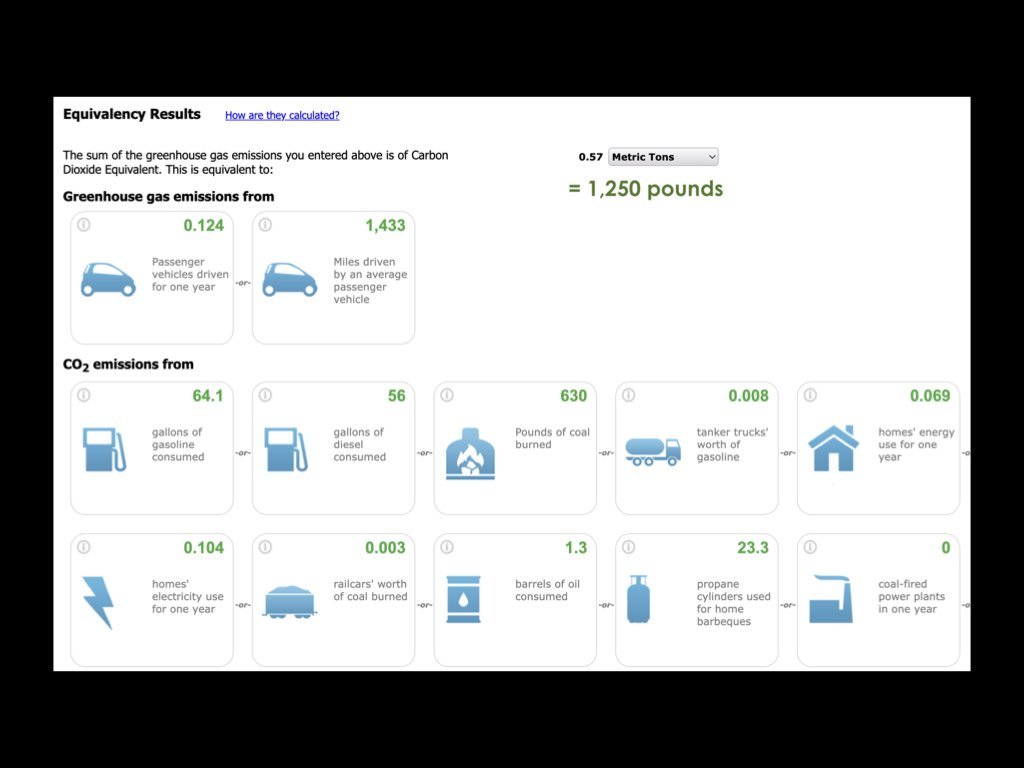

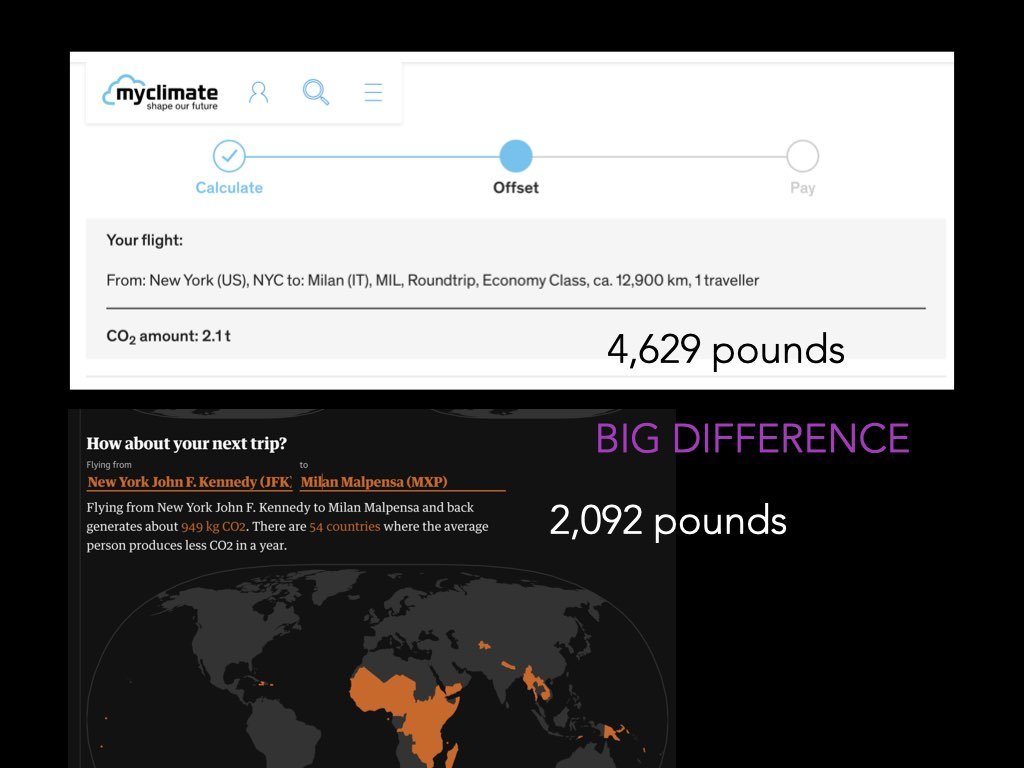

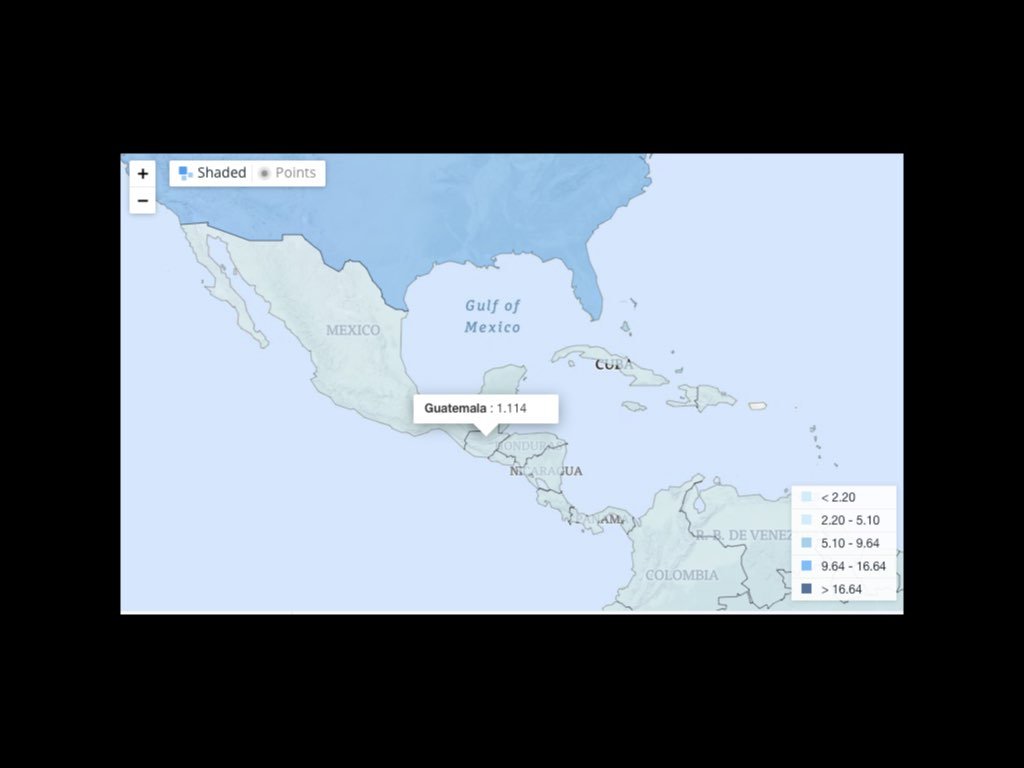
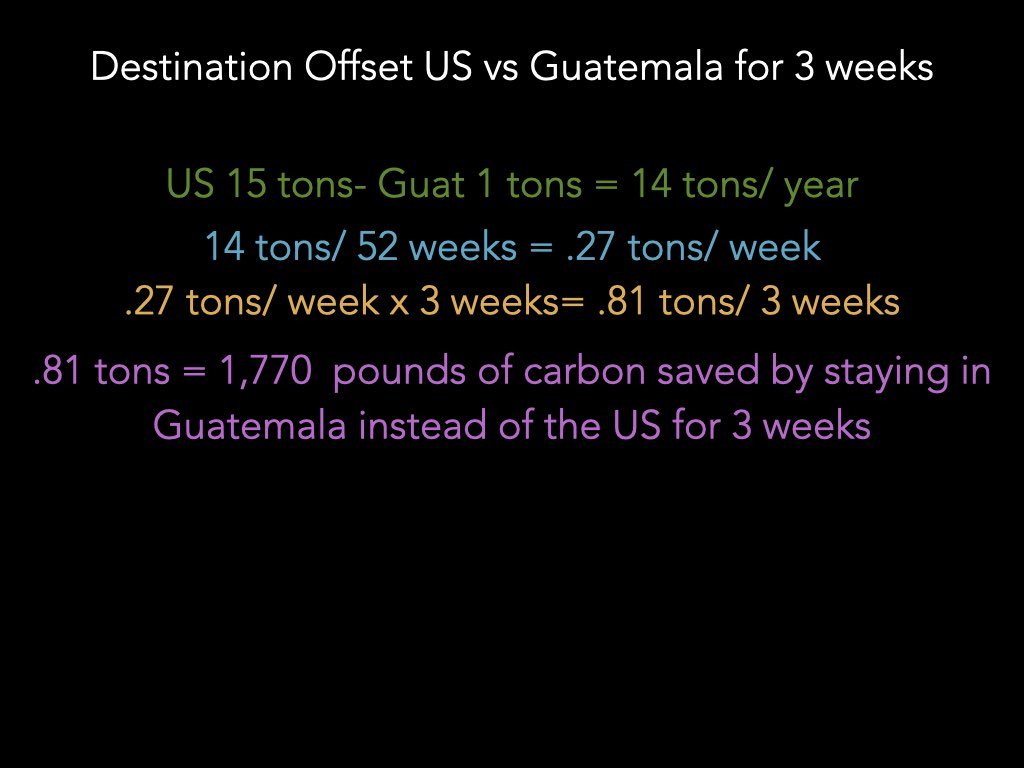
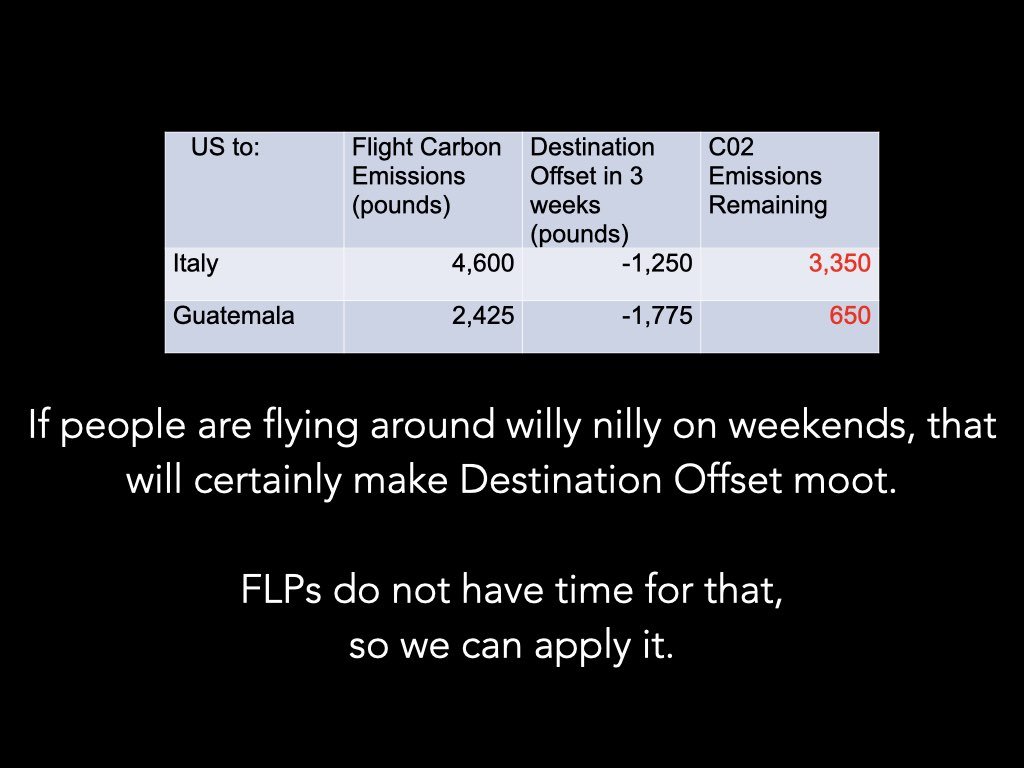

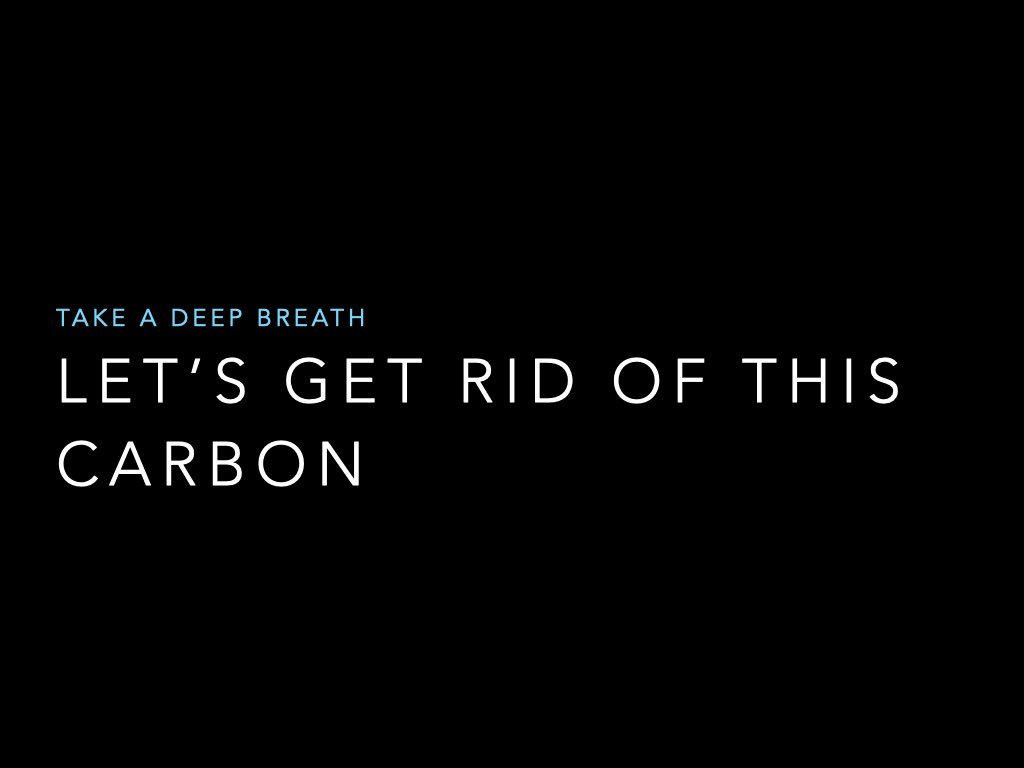
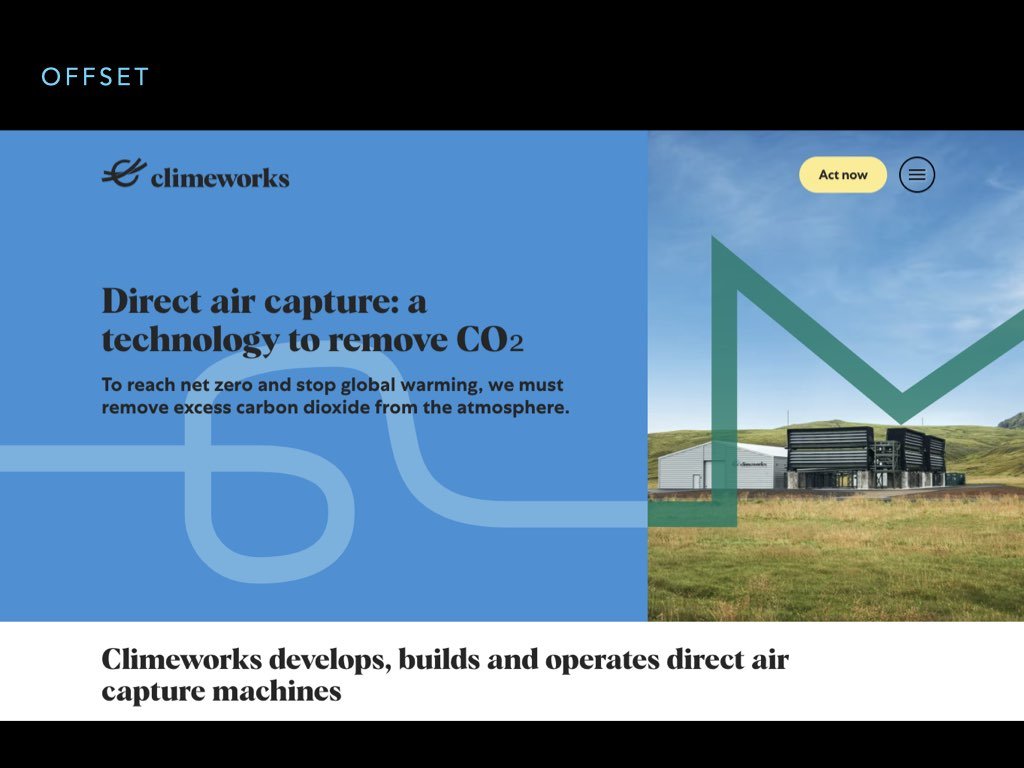
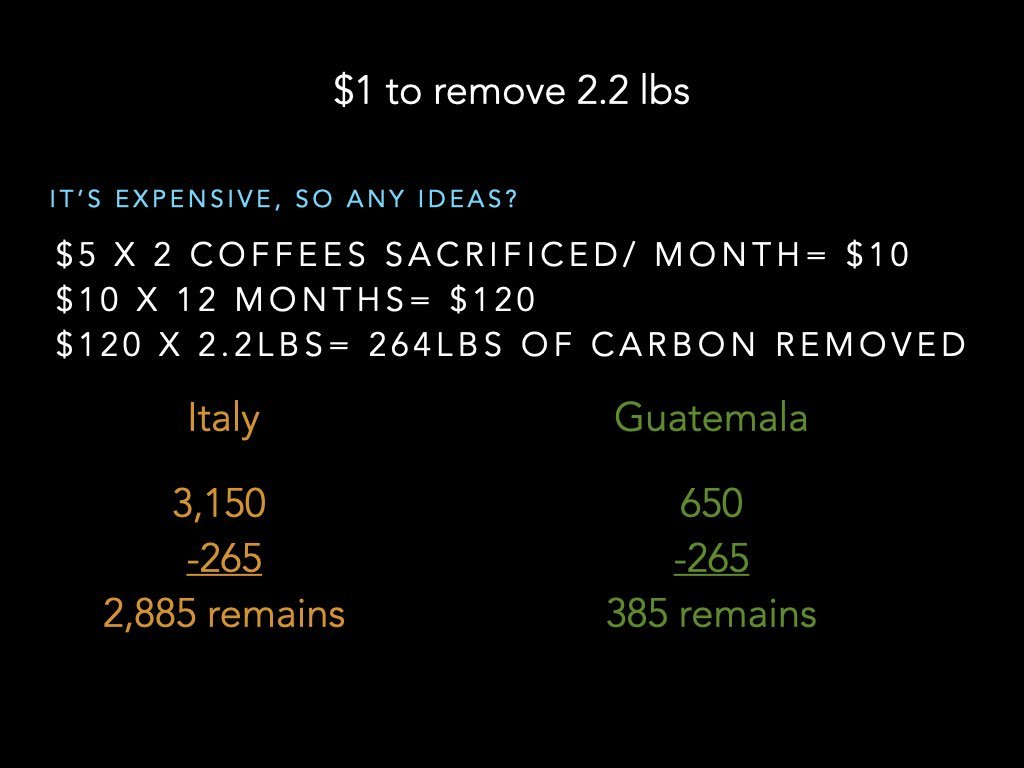
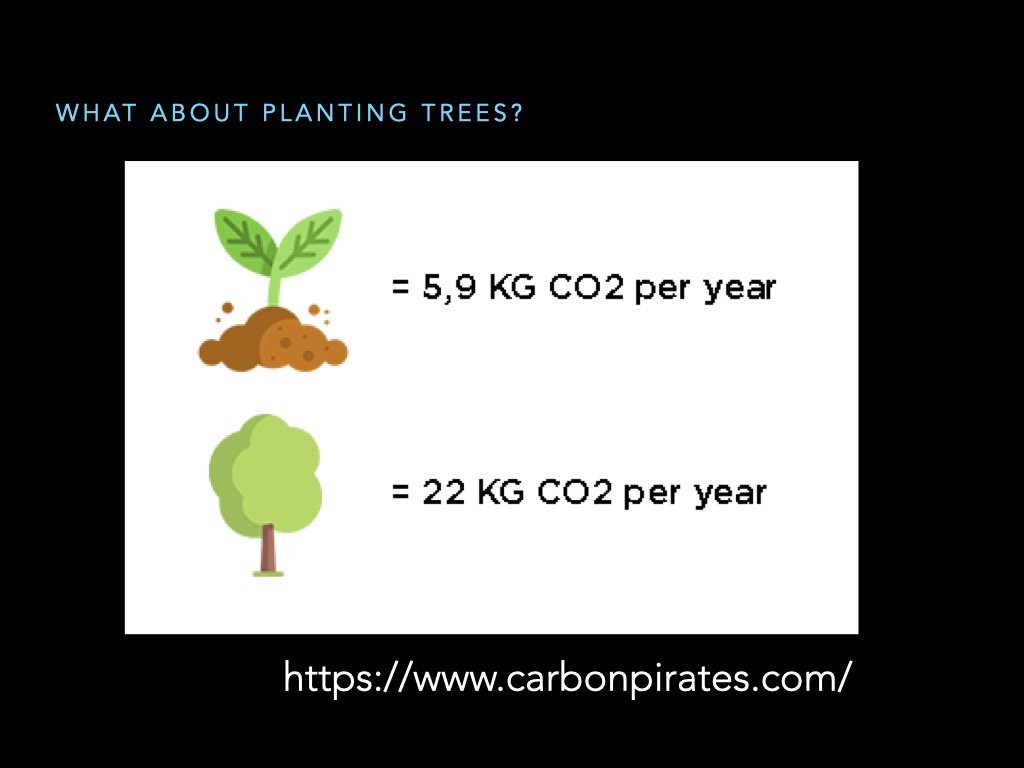

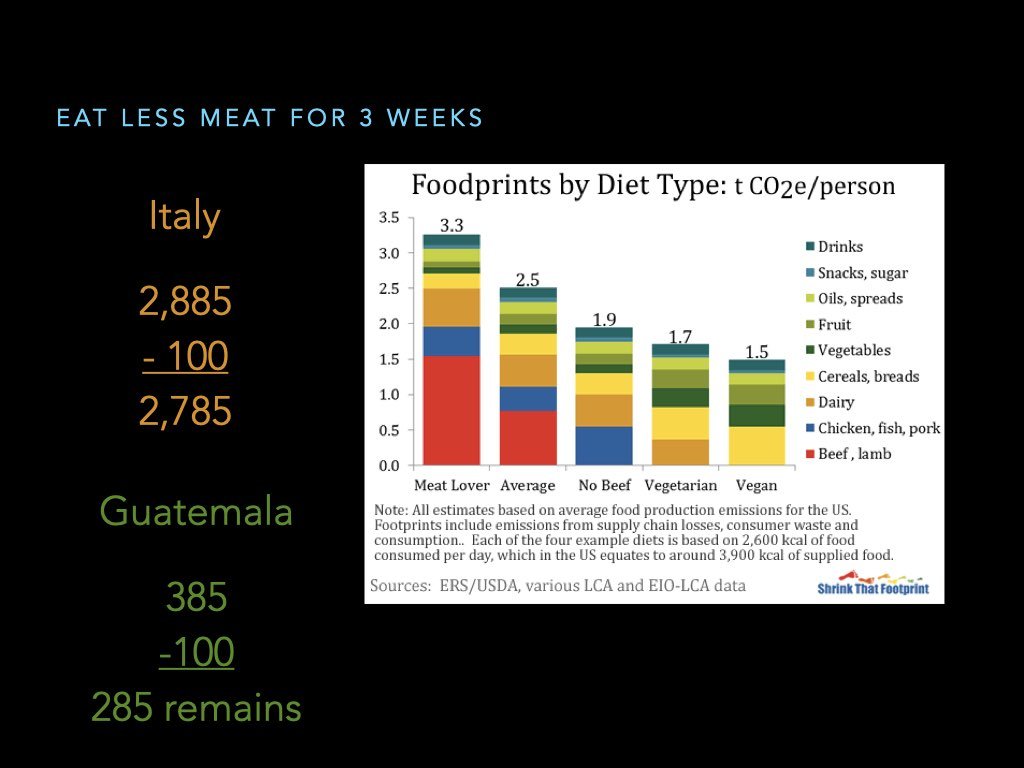
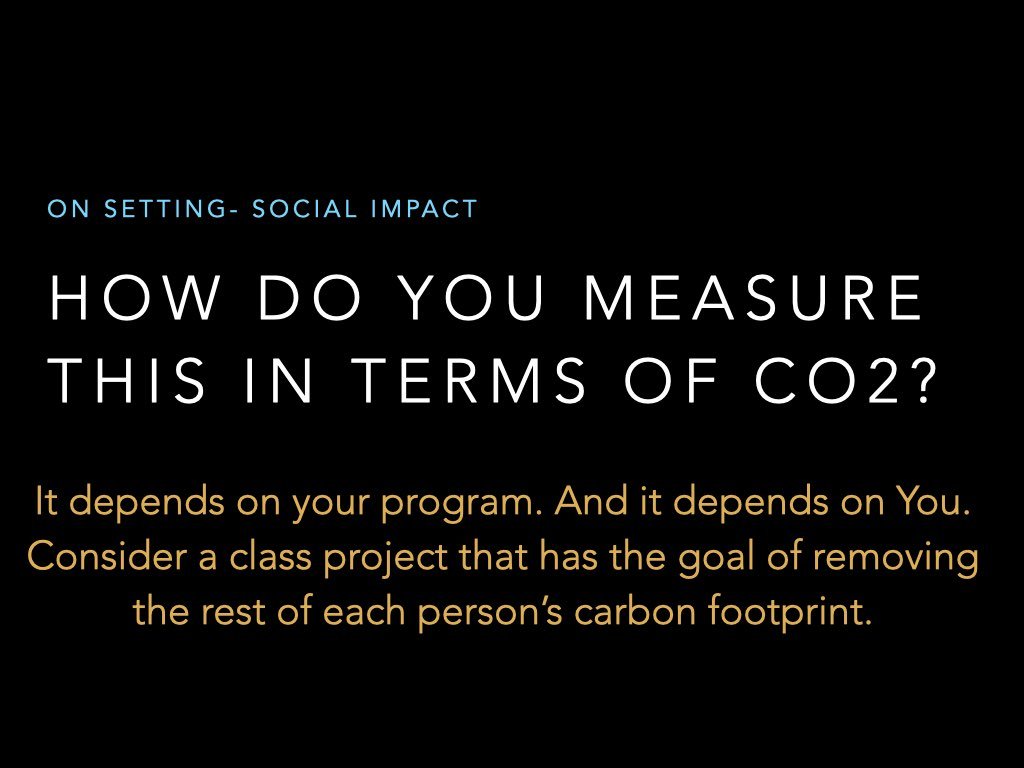
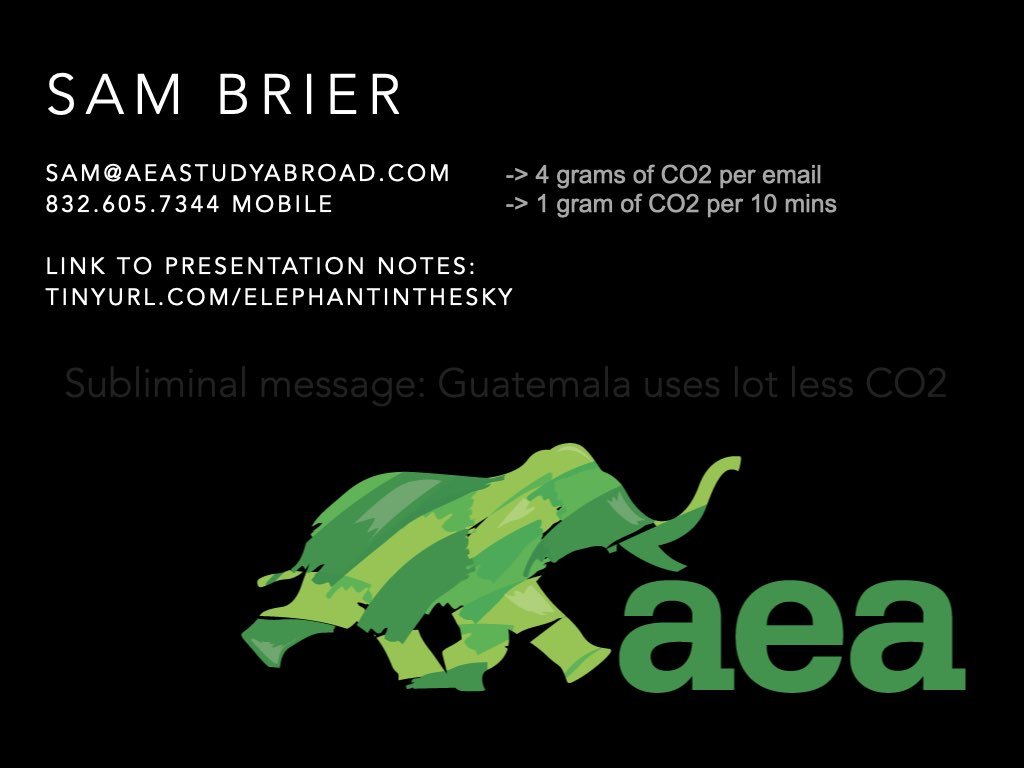
Carbon Calculators
If you’ve ever searched for a carbon calculator, you know there are many types. I’ll go over a few that I like and why I like them.
1. A simple flight calculator that gives quick OW and RT calculations from MyClimate https://tinyurl.com/flightCO2
2. The Country/ Flight CO2 comparison calculator from the Guardian https://tinyurl.com/FlightCountryCO2
3. World Bank Country CO2 per capita list to use to compare Destination Offsets https://tinyurl.com/CountryC02
4. EPA carbon calculator: see equivalencies to your carbon footprint https://tinyurl.com/CO2equiv
Other Links
Next, we need to find calculators that will actually help us calculate our carbon footprint:
NASA Video https://climate.nasa.gov/interactives/climate-time-machine
Foodprints by Diet Type http://www.shrinkthatfootprint.com/food-carbon-footprint-diet
Fill half your suitcase with needed supplies and bring back local products for gifts PackForAPurpose.org
Internet & Carbon https://www.climatecare.org/resources/news/infographic-carbon-footprint-internet/
Link back to this page: https://tinyurl.com/elephantinthesky
Learn about greenhouse gases intersecting with agriculture and travel https://ghgguru.faculty.ucdavis.edu/
Learn about the Social Cost of Carbon https://tinyurl.com/socialcostcarbon
Learn why planting trees is not the answer: https://tinyurl.com/BillGatesDoesntPlantTrees
Learn about Reducing the Carbon Footprint of Academic Travel https://tinyurl.com/HigherEdCO2Travel
Presentation Based off of Original Blog post https://network.nafsa.org/blogs/sam-brier/2021/06/08/the-elephant-in-the-sky
Imagine this is a zoom call, and you’re wearing your sweatpants while you watch this video during my introduction. (2m)
If you’ve ever researched carbon calculators, you know there are many. And if you haven’t, you’re not alone! (6m)
Good news! Faculty-led programs are all carbon negative. Am I joking? No. Give me a chance to hear me out. (11m)
ThE Math
Determining the Destination Offset
Metric tons per year per capita
15 (US)-5 (Italy)=10 metric tons saved over a year. 10 metric tons / 52 weeks= .19 metric tons per week x 3 weeks= .57 metric tons saved by staying in Italy for 3 weeks if you live like an average American vs average Italian.
You could save up to 570 kilos (1250 pounds) of CO2 just by living like local in Italy for 3 weeks.
Determining our flight’s carbon footprint
Our flight uses 1,100 kilos of carbon, or roughly 2,300 pounds- EACH way. So, we’re looking at 4600 pounds. Let’s stick to pounds. 4,600 – 1250= 3,350 pounds of CO2 in the red.
By comparison, an average Guatemalan carbon footprint is just over 1 metric ton, or 2,425 pounds per year. [15-1=14 metric tons. 14/52 weeks= .27 met tons/ week x 3 weeks= .81 met ton = 807 kg/ You save 1,777 pounds of carbon by spending those 3 weeks in Guatemala. Furthermore, by traveling to Guatemala your flight uses “only” 1082 pounds of carbon- each way. Roughly 2,425 pounds. Half of the flight to Italy.
C02 Emissions Remaining
Italy
+4,600
-1,250
+3,350
Guatemala
+2,425
-1,775
+650
—-
90% Rule
ITALY
5 metric tons per year for a person in Italy: 5/52= .096 metric tons/week x 3 weeks = .288 tons (288 kg/ 634 lbs) used for 3 weeks
Roundtrip (non-stop) flight from NYC to Milan = 4,600 pounds
GUATEMALA
1 metric tons per year for a person in Guat: 1/52= .019 metric tons/week x 3 weeks = .057 tons (124 lbs) used for 3 weeks
Roundtrip (non-stop) flight from NYC to GUA = 2450 pounds
634/ (4600+634) = .121 (which means that the land program is roughly 12.1% of the total program and the flight is roughly 88.9% of the program’s carbon footprint)
Let’s get rid of this carbon.
OFFSET: Direct Removal: You can pay a company per pound to remove carbon from the air and store it in rocks in the ground. Climeworks is doing just that for Microsoft as a part of their plan to go carbon neutral. We, at AEA, also pay Climeworks to remove more carbon than our company operations emit annually, after other reductions in carbon use. It’s expensive now, at $1/kilo (2.2 lbs) removed. That roundtrip, direct flight to Milan emitted 4,400 pounds. To remove that through Climeworks would cost an additional $2,000 over the course of the year, or $83/month for 2 years. That’s a lot of coffee, but for Guatemala, we’re talking “only” $1000, or $42/ month for 2 years. Still a lot of coffee. But if we do go to Guatemala, we could agree to contribute $10/ month for 12 months = 264 pounds and figure out the remaining 385 pounds using other options. Italy: 3350- 264= 3,100
What about paying companies to plant trees?
Planting trees is great. We need more trees. The main problem with planting trees is that we don’t know 1) If they will be planted (12 pounds per year removed the first year); or 2) How long they will stay planted (50 pounds after 10 years). If a tree is planted and stays planted for 10 years, the overall carbon removal will be roughly 260 pounds over 10 years.
If those trees do actually grow for 10 years, each person can then wipe off 1290 extra pounds of carbon, but let’s not assume that to be the case for now. https://www.carbonpirates.com/blog/how-much-carbon-do-trees-absorb/
Let’s talk a bit about diet. Since this is one that you can easily track as a group.
If the average person in your group was a moderate meat eater and went vegetarian for the entire 3 weeks in Italy, we’re looking at a further average savings of something like (2.5t = 5000 lbs for average meat eater / 52 weeks = 96x 3 weeks= 288 lbs of carbon over 3 weeks - 3,400 lbs for vegetarian / 52 weeks = 65 x 3 = 195 over 3 weeks. 288- 195 = roughly 100 pounds of carbon saved per person in 3 weeks. Going vegan would save another 20%,
Italy: 3,100 pounds in the red – 100 lbs = 3,000 remaining, or 2,980 if you went vegan.
Guatemala: 385- 100= 285, or 265 if you went vegan
Come up with ways to figure out a more detailed carbon footprint for each person and while overseas if you like and come up with a plans a group to remove all that carbon- together!




